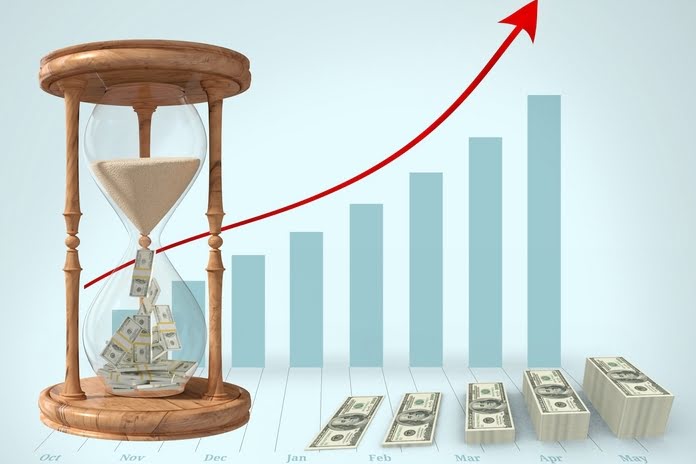A significant gauge of consumer prices, closely monitored by the Federal Reserve, declined last month to its lowest level since March 2021, indicating that inflation in the United States is gradually easing from its previous sharp increases.
In June, prices only rose by 3% compared to the previous 12 months, down from the 3.8% annual increase in May, although it still remains above the Fed’s targeted 2% inflation rate. On a monthly basis, prices increased by 0.2% from May to June, slightly higher than the 0.1% rise seen the previous month. The substantial slowdown in year-over-year inflation for June was largely attributed to the decline in gas prices and milder increases in grocery costs.
However, a measure of “core” prices, which excludes the volatile food and energy costs, remained elevated, although it also eased last month. These persistent underlying inflation pressures were a key factor that prompted the Fed to raise its short-term interest rate to a 22-year high on Wednesday.
According to a separate report from the Labor Department on Friday, a gauge of wages and salaries showed slower growth in the April-June quarter, indicating reduced pressure on employers to increase pay as the job market cools down. Employee pay, excluding government workers, grew by 1% last quarter, down from 1.2% in the first three months of 2023. Additionally, wages and salaries increased by 4.6% compared to a year ago, down from 5.1% in the first quarter.
The Fed is closely monitoring the employment cost index, which reflects wage growth, as smaller increases in wages could potentially slow down inflation over time. When companies face lower labor costs, they are less likely to raise prices to compensate.
The Commerce Department’s inflation report also indicated that consumer spending remained strong, despite two years of high inflation and 11 rate hikes by the Fed over the past 17 months. Consumer spending rose by 0.5% from May to June, compared to 0.2% in the previous month.
The U.S. economy is currently in a hopeful but delicate position. The solid job market has led to increased hiring, higher wages, and low unemployment rates. However, inflation is showing signs of weakening, which is unusual when unemployment is low. The Fed aims for a “soft landing” for the economy, where inflation gradually falls toward its 2% target without causing a severe recession.
Fed policymakers are concerned that the growing economy may perpetuate inflation. Persistent consumer demand could lead to more companies raising prices, thereby keeping inflation above the Fed’s target, potentially necessitating even higher rate hikes.
Recent evidence of the economy’s resilience was highlighted by the government’s report of a 2.4% annual growth rate in the April-June quarter, which surpassed analysts’ expectations and accelerated from the 2% growth rate in the first three months of the year.
During a news conference on Wednesday, Fed Chair Jerome Powell indicated that the current benchmark short-term rate of around 5.3% should be sufficient to restrain the overall economy and gradually subdue inflation. However, Powell stated that the Fed would require more evidence of sustainable inflation control before considering an end to its rate hikes.
Powell refrained from providing any signals regarding the central bank’s future moves. In June, Fed officials had projected two more rate hikes for the year, including the one that took place on Wednesday.
While overall inflation has eased, the persistence of “core inflation” remains a concern. The Fed considers core prices to be a more reliable indicator of future inflation trends.
Featured Image: Freepik @ creativeart









